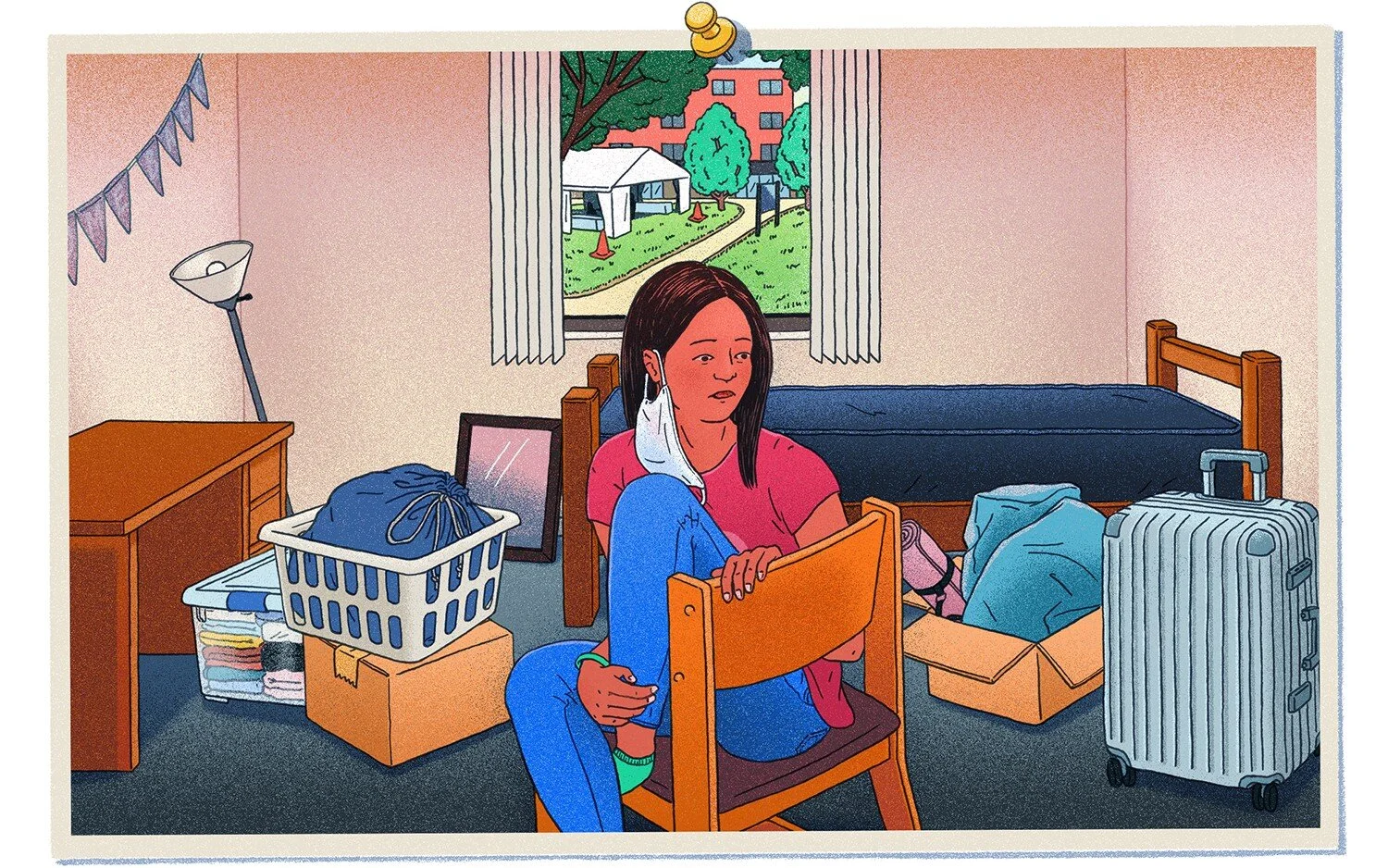Public Education 2.0: How Schools Could Revolutionize Learning
We have a significant education problem in the west. While the current model was great for the twentieth century, the world is changing, and there’s a need for something radically different.
The current schooling system has a number of significant problems. But there are educators out there who are thinking of new approaches and looking for ways to improve the system. This way, they hope, they can bring out the best in every student and help people fulfill their potential.
So what are their ideas?
Stop Teaching The Average Student
For years, educators tailored their lessons for the average student. It was a quick and easy policy that reduced the cost of education.
But the problem is that there are actually very few students who huddle around the mean. Most are in the “tails” of the distribution. They’re either extremely high achievers or need additional assistance to make the grade.
The cost of failing to address these groups of individuals is tremendous. We all know stories about highly-gifted children who stagnate in school, as well as those who drop out or have to repeat a year because they can’t keep up.
Education 2.0 is all about ensuring that schools tailor their approach to multiple groups of students, not just the average.
Flexible Schooling
At the moment, schools are quite rigid in their timetables. But thanks to coronavirus and other changes in our society, that could soon change.
Already we see some institutions using new school visitor management system technologies to make it easier for people to come and go. But in the future, this could become mainstream. You might have a situation where students, parents and visitors clock in and out as they please, depending on their lesson plans or time of day.
Parents would benefit from this approach because it would allow them to work more flexibly. And students could also gain something from it too, especially those who prefer to do more individual study.
Widen The Curriculum
The current curriculum largely revolves around traditional subjects: art, mathematics and science. But education needs to go beyond these areas and explore the world more widely. Agile education systems must prepare students for the kinds of work they are likely to face in the future. Expect to see fewer factory jobs and more work that involves cognitive skills.
Create Student Opportunities
At the moment, the education department sees schools as the primary mode of distributing lessons to students. But there is no reason, in principle, that students themselves shouldn’t be the directors of their education.
The problem, as some educators see it, is that students aren’t able to put themselves on a path towards a career early in life. They have to continue in education until they’re eighteen and don’t have opportunities for apprenticeships or paid internships alongside their studies.
What a new breed of educators is saying is that we should teach kids marketable skills early on in life so that when they do get into the world of work, it isn’t such a shock.











